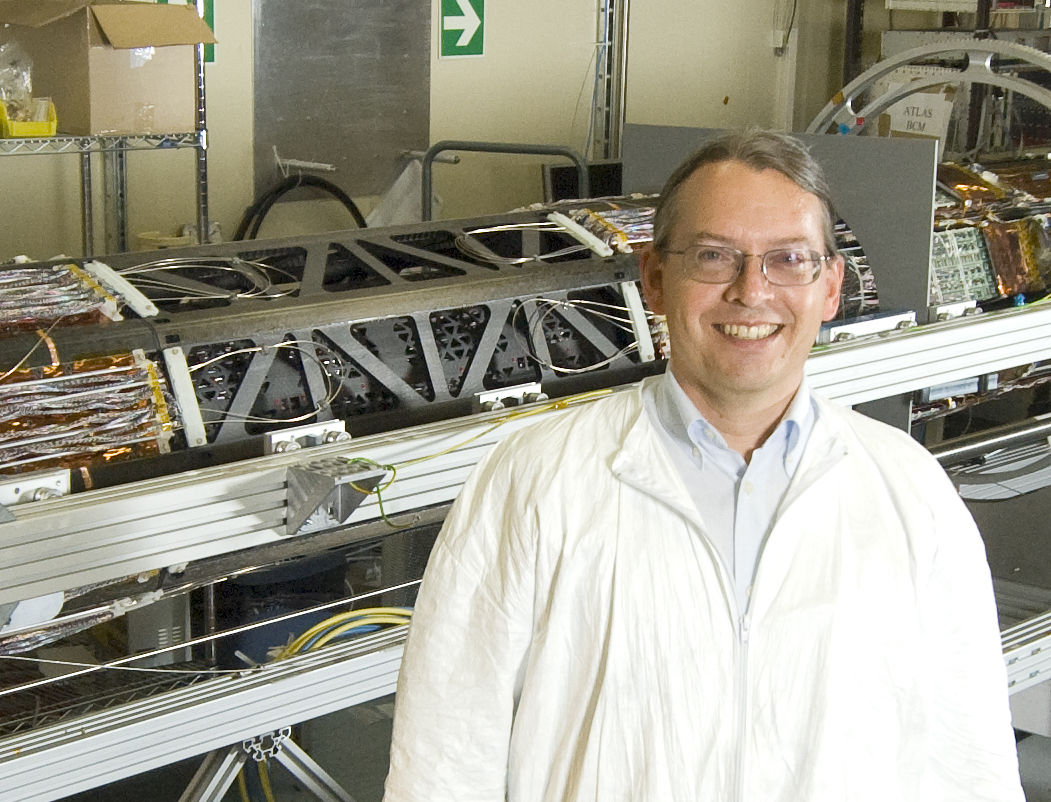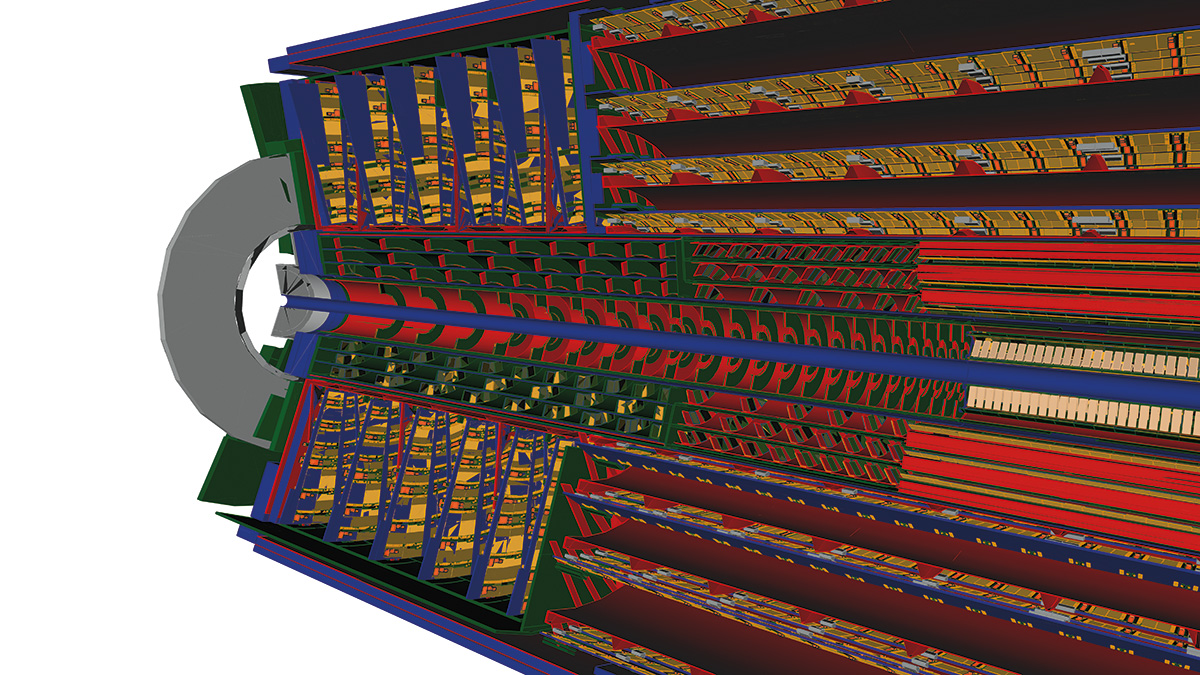Preparing ATLAS for the future
20 December 2018 | By
Long Shutdown 2 (LS2) of the Large Hadron Collider commenced last week, as the accelerator powered down and the entry to the ATLAS cavern opened wide. Over the next two years, teams from across the ATLAS Collaboration will be upgrading and consolidating their experiment. On the agenda: the refurbishments of key electronics, the maintenance of various detector components and – critically – the installation of new detectors.
“We are at an important moment for the ATLAS experiment,” says Karl Jakobs, Spokesperson of the ATLAS collaboration. “On the one hand, we continue to maintain and consolidate detector elements that have served us well since the beginning of data taking in 2009. On the other, we are installing new electronics, trigger and detector components as a first step to prepare ATLAS for the High-Luminosity LHC (HL-LHC) in 2026.”
The HL-LHC will collide beams at up to seven times the luminosity for which the ATLAS detector was designed, resulting in about 200 simultaneous collisions per beam crossing. This will greatly increase ATLAS’ potential to spot new or rare physics processes – but necessitates the development and installation of new detectors with radiation-hard elements, finer granularity and faster readout. In preparation of this, ATLAS has published six Technical Design Reports and one Technical Proposal over 2017-2018, describing the new designs and technologies needed to handle HL-LHC data. While most of these new systems will be installed during the next long shutdown (LS3, scheduled for 2024) – some will already see service in Run 3!
“Each improvement we make to the experiment aims to maximise its performance, taking advantage of the ever-improving operation of the machine,” ATLAS Spokesperson Karl Jakobs.
Key among these is the installation of ATLAS’ 10-metre diameter New Small Wheels (NSW) – the largest and most critical project to be carried out during LS2, and the first major HL-LHC addition to the detector. Teams are currently finalising the construction of the new wheels, the first of which will be installed in 2020.

“The New Small Wheels employ two detector technologies: small-strip Thin Gap Chambers (sTGC) and Micromegas. Both are able to withstand the higher flux of neutrons and photons expected in future LHC interactions, which will produce counting rates as high as 20,000 per second per square centimetre in the inner part of the NSW,” says Ludovico Pontecorvo, ATLAS Technical Coordinator. “Furthermore, these new technologies will greatly improve the ATLAS muon trigger capabilities, allowing for refined event selection.”
Additional improvements to ATLAS’ muon system include 16 new chambers featuring Small Monitored Drift Tubes (sMDT) and Resistive Plate Chambers (RPCs) to be installed in the barrel of the experiment, thus improving the overall trigger coverage of the detector. The smaller diameter tubes of the sMDTs provide an order of magnitude higher rate capability.
LS2 will also see the enhancement of the ATLAS Liquid Argon (LAr) calorimeter with new front-end electronics and optical-fibre cabling. This will greatly improve the resolution of the detector at trigger level, providing four-times higher granularity to allow “jets” of particles to be better differentiated from electrons and photons, thus refining the first decision level where collision events are accepted for offline storage or dismissed. ATLAS’ trigger and data-acquisition systems will also be upgraded during LS2 with new electronics boards, further improving the overall resolution of the experiment, and preparing for the HL-LHC.
“The organisation of LS2 activities is particularly complex, as the maintenance needs of the detectors have to be combined with tight installation schedules,” says Pontecorvo. On the long list of planned maintenance tasks: the complete overhaul of the Tile Calorimeter’s cooling connectors; repairs to the Transition Radiation Tracker (TRT), LAr and RPC detectors; the completion of the ATLAS Forward Proton (AFP) detector; and preparations for a new, all-silicon inner tracker scheduled for installation during LS3.
“Each improvement we make to the experiment aims to maximise its performance, taking advantage of the ever-improving operation of the machine,” concludes Jakobs. “While these works are ongoing, we will continue to analyse the wealth of data collected during Run 2 – it will be a very busy time for the entire collaboration!”
Timeline of the Large Hadron Collider and future HL-LHC:

Explore the new ATLAS Technical Design Reports for HL-LHC:



